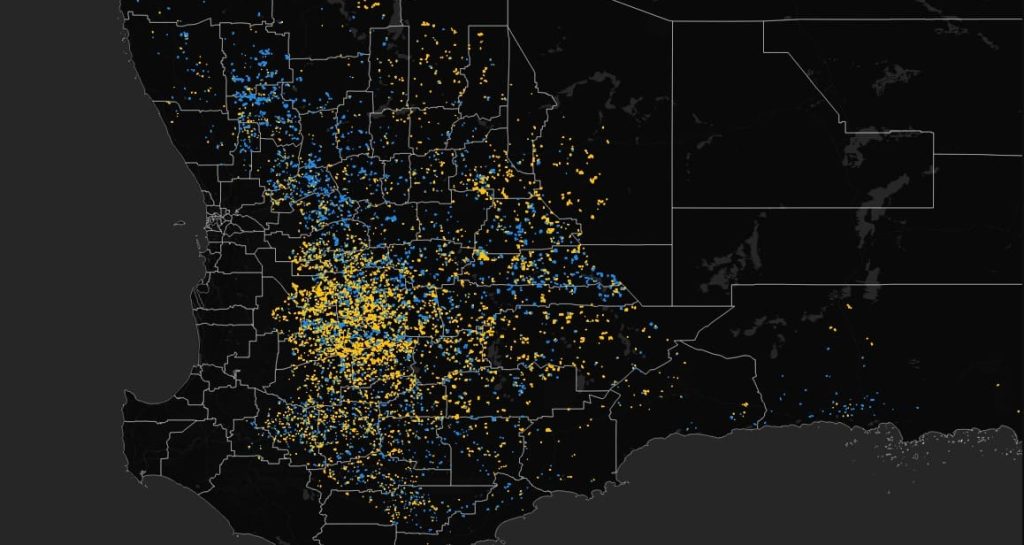
Using a range of technologies, DAS’s data has visibility across 1.69 million broadacre paddocks in Australia.
DATA from the Digital Agriculture Services (DAS) has revealed the most common three-year winter crop rotation used by Australian grain growers, alongside analysis suggesting it delivers stronger yield outcomes than alternative practices.
In its publication released last week, titled Winter Crop Rotation Analysis Report, DAS found wheat-canola-wheat was the most common three-year crop rotation nationwide, covering 5.2 percent of all cropped land.
This was followed by a wheat-wheat-wheat rotation at 3.4pc and wheat-legume-wheat at 3.2pc.
The findings were based on information collected across 2019 to 2024 seasons using the proprietary DAS Grain Intelligence data, which has visibility across 1.69 million broadacre paddocks in Australia.
Further analysis of the data found that growers incorporating canola into their rotation could see consistently higher yields, compared to wheat-on-wheat systems.
These yield variances were as high as over 20pc in some regions.
The report also highlighted the clear regional differences in crop rotations, with some areas dominated by winter fallows, while others had a prevalence for legumes and canola as a break crop.
Summer cropping regions, Queensland and northern New South Wales recorded higher incidences of winter fallows in crop rotations, according to the data.
“In southern cropping regions, we see the prevalence of canola, pasture or legume breaks – especially in Victoria and South Australia,” the report said.
“In Western Australia, a pasture break is still common, but canola is the main break crop grown.”
However, DAS emphasised that including summer crop data into future analysis would provide “a far more informative view of crop rotations in these regions where both summer and winter crops are grown”.
DAS CEO Anthony Willmott said this analysis was just the beginning in leveraging the company’s database to quantify crop rotation practices and explore how they influence yields, along with the broader factors that shape those outcomes.
“The analysis in this report is the first step as part of our broader research on how farming systems and climate interact to drive crop production,” Mr Willmott said.
“In the future, we intend to look at the impact of longer rotation cycles, the yield of all crops in rotation, the impact of seasonal conditions, and a rotation’s gross margins
“We believe that DAS crop rotation data could replace or significantly augment many crop rotation field trials and related farming systems research projects – with the key advantages of being able to test hypotheses in weeks or months rather than years, with far less resources required.”
Source: DAS

HAVE YOUR SAY